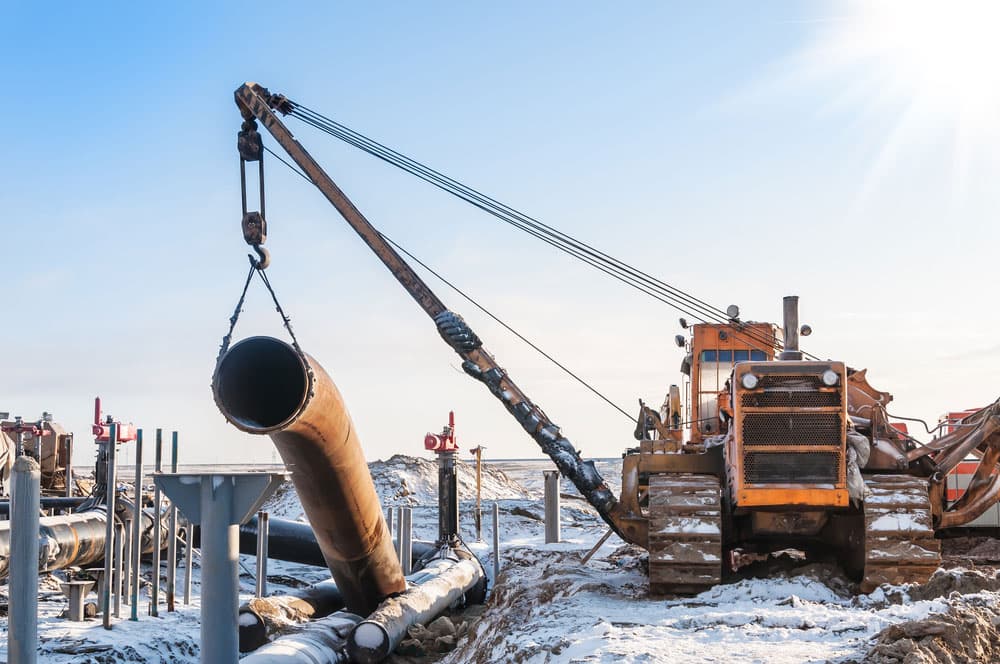Reduced capacity at American refineries & increased production from new oilsands megaprojects has led to Canadian crude hitting a record low relative to U.S. crude
Over the next 6 months, maintenance work at US refineries will lead to periods of offline activity, effectively giving portions of Canadian heavy crude "nowhere do go" as stated by Andrew Botterill a partner at Deloitte in Calgary.
This dynamic paired with increased output from recently finished projects (Suncor Energy Inc.’s Fort Hills mine) along with improved efficiency at existing operations are already having an impact.
“We’re already starting to see it,” Botterill said. “The volatility that we’ve seen in the last three months, I totally expect to see more of it in the next three months. I fully expect this kind of volatility in 2019 as well.”
On Thursday, Western Canada Select’s discount to U.S. crude sank to $43.25 a barrel - the widest on record in Bloomberg data stretching back to 2008. Oilsands producers are getting less than 40 percent of Brent crude price
Even with Canada's producers signing contracts to move more crude by train, the country doesn't have enough rail capacity to alleviate transport bottlenecks, Botterill said.
Ultimately, Canada will need more pipelines and domestic refining capacity to clear the glut.
And those could take years to develop.
“I hate to imagine something even worse than what we’re seeing right now,” Botterill said in an interview. “But we’re going to see more days of these $40 differentials.’’

